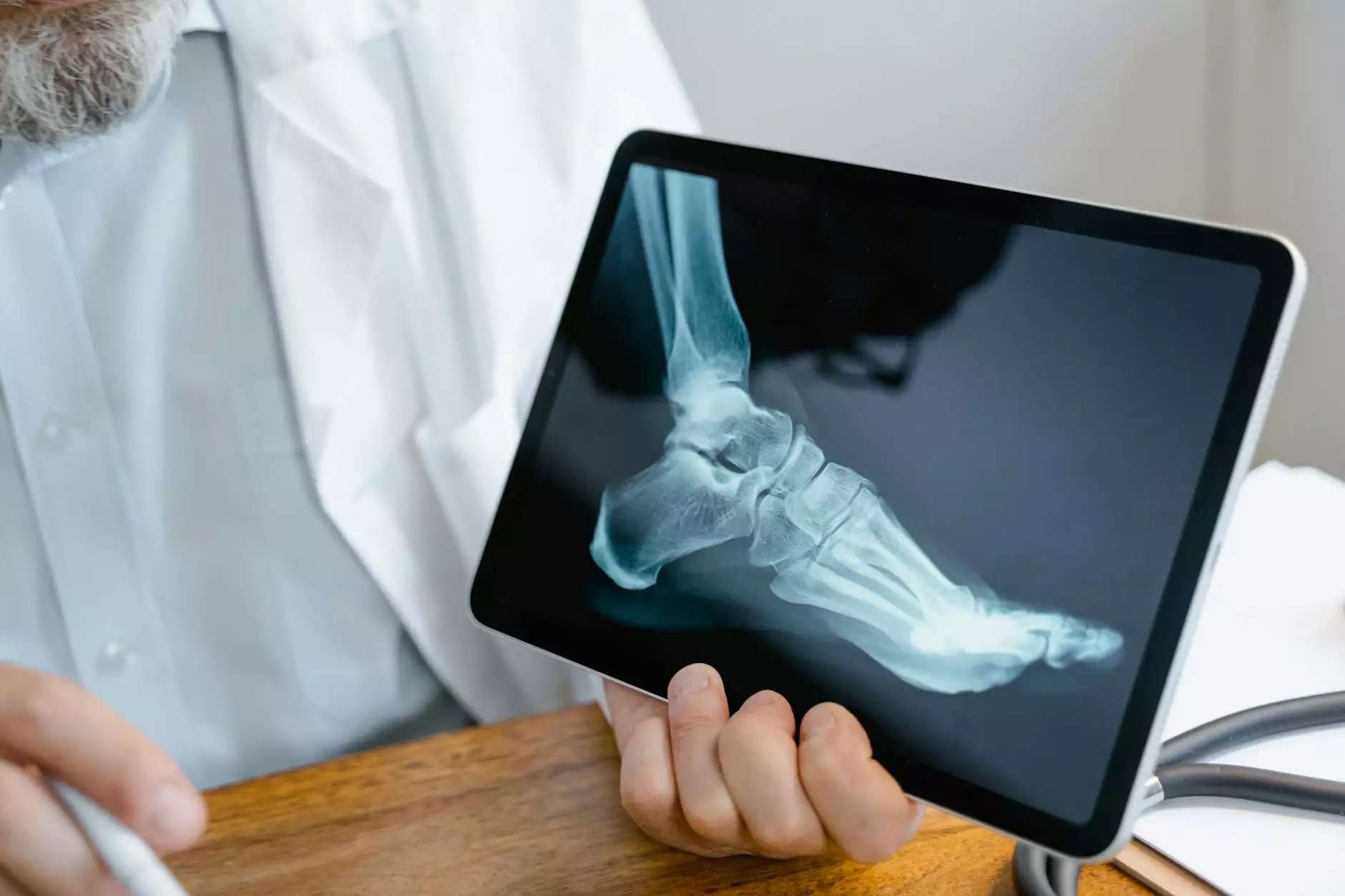Understanding Medical Image Annotation

Medical image annotation is a critical process in the healthcare industry that involves labeling and annotating images from various imaging modalities, such as MRI, CT scans, and X-rays. This practice not only improves the diagnostic capabilities of healthcare professionals but also significantly enhances the development of AI technologies within the medical field. In this comprehensive article, we will explore the key aspects of medical image annotation, its importance, and how it integrates with software development to improve healthcare outcomes.
The Importance of Medical Image Annotation
The primary purpose of medical image annotation is to facilitate the accurate interpretation of medical images. With the surge in the use of advanced imaging technologies, the volume of imaging data generated is overwhelming. Properly annotated images enable healthcare professionals to:
- Enhance Diagnostic Accuracy: Accurate annotations help radiologists and clinicians make informed decisions based on visual data.
- Train Machine Learning Models: Deep learning algorithms require vast amounts of labeled data to learn effectively. Annotations serve this essential purpose.
- Streamline Workflow: Annotated images can speed up the diagnostic process, allowing healthcare providers to focus on patient care.
- Improve Research and Innovation: Annotated datasets are crucial for clinical research, leading to better treatment protocols and new therapies.
Types of Medical Image Annotation
Medical image annotation encompasses various techniques and methodologies tailored to specific imaging types. The common types include:
1. Segmentation
Segmentation involves the partitioning of medical images into distinct regions for easy analysis. For example, in an MRI image of the brain, segmentation can help isolate different brain structures, tumors, or lesions.
2. Bounding Boxes
This technique uses rectangles to highlight specific areas of interest, such as organs, tumors, or fractures within an X-ray. Bounding boxes provide a straightforward method for annotating images while being easily understandable for AI models.
3. Landmark Annotation
Landmark annotations involve marking specific points of interest on an image. For example, in echocardiograms, identifying key anatomical points helps in assessing heart conditions.
How Medical Image Annotation Works
The process of medical image annotation can be broken down into several stages, ensuring quality and accuracy at every step:
1. Data Collection
High-quality images from various imaging modalities are collected. This data can be sourced from hospitals, clinics, or research institutions, ensuring that the images used for annotation are diverse and representative.
2. Annotation Guidelines
Clear guidelines must be established to ensure consistency and accuracy in the annotation process. These guidelines typically outline how to categorize various conditions, label anatomical landmarks, and apply segmentation techniques.
3. Annotation Tools and Software
Specialized annotation tools are employed to facilitate the actual labeling process. These tools often include features like zoom functionality, drawing tools, and automatic suggestions powered by AI.
4. Quality Control
Once the images are annotated, quality control measures should be put in place, which may involve multiple reviewers checking the accuracy of the annotations to minimize errors.
5. Data Utilization
The annotated images can then be utilized to train AI models, aiding in the development of diagnostic algorithms, automated reporting systems, and more.
The Role of AI and Machine Learning in Medical Image Annotation
Artificial Intelligence (AI) and Machine Learning (ML) are transforming how medical image annotation is performed. Here’s how:
1. Automated Annotation
AI algorithms can analyze large datasets and automatically suggest annotations based on learned patterns. This automation can dramatically reduce the time and effort required for manual annotation.
2. Enhanced Accuracy
Machine learning models, trained on vast amounts of annotated data, can achieve remarkable accuracy in identifying abnormalities, thereby assisting radiologists in making more accurate diagnoses.
3. Continuous Learning
As more annotated data is fed into AI systems, these models continue to learn and improve, adapting to new challenges and complexities in medical imaging.
The Challenges of Medical Image Annotation
Despite the advancements in technology, medical image annotation faces several challenges:
- Labeling Complexity: Medical images often present intricate details that require expert knowledge to annotate correctly.
- Data Privacy Concerns: The sensitive nature of medical data raises privacy issues, necessitating stringent protocols to protect patient information.
- Resource-Intensive: The annotation process can be labor-intensive and time-consuming, requiring skilled professionals to ensure high-quality results.
The Future of Medical Image Annotation
The future of medical image annotation is promising, with several trends and developments on the horizon:
1. Increased Collaboration Between Healthcare and Tech Industries
As technology continues to evolve, we can expect a closer collaboration between healthcare providers and technology companies. This partnership will foster innovation, leading to more effective annotation tools and methodologies.
2. Integration of Augmented Reality (AR)
Augmented reality could play a significant role in medical image annotation by providing immersive learning experiences for medical professionals, allowing them to visualize complex structures in 3D.
3. Growing Use of Cloud-Based Annotation Tools
Cloud-based solutions will allow for more flexible collaboration among medical professionals across different locations, leading to more comprehensive datasets.
4. Emphasis on Multi-Modal Annotation
As the types of imaging technologies expand, there will be a growing emphasis on multi-modal annotation, where various imaging types are annotated and analyzed together for more accurate diagnostics.
Conclusion
In conclusion, medical image annotation plays a pivotal role in enhancing healthcare through technology. Its impact on diagnosis, AI integration, and research is undeniable. As we look to the future, the continuous evolution of this field promises to unlock new possibilities in medical imaging, ultimately leading to improved patient care and outcomes. For organizations looking to develop innovative software solutions in healthcare, investing in high-quality medical image annotation is essential.
For more information on how to leverage cutting-edge software solutions and develop your own medical image annotation tools, visit KeyMakr.com.









